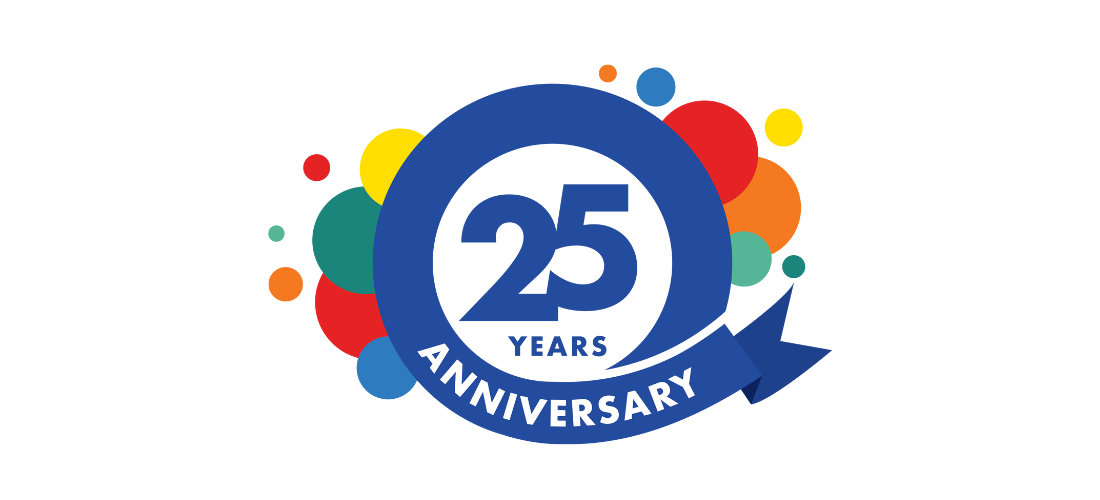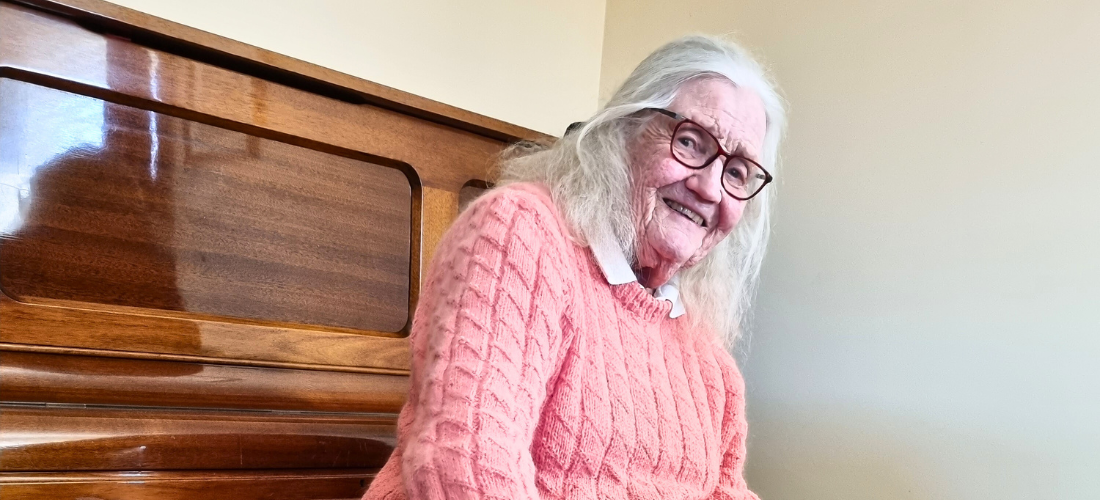Apellis reports initial findings from two phase III studies in geographic atrophy
Geographic atrophy (GA) is a leading cause of severe visual loss and unlike wet AMD there is no effective treatment for GA currently available.
The prospect of a treatment for advanced dry AMD (geographic atrophy; GA) moved closer in recent weeks. Results from two large clinical trials show that monthly or every-other-month eye injections of pegcetacoplan (being developed by Apellis) can slow the progression of GA.
Pegcetacoplan is designed to control excessive activation of the immune system, which is known to play a part in many diseases including dry AMD. The drug inhibits part of the immune system called complement component 3 (C3) which forms part of our defences against infectious organisms.
The two phase III clinical trials – OAKS and DERBY – include 1258 people with GA. After 12 months, pegcetacoplan reduced the growth of GA lesions by 14% (every-other-month injections) and 17% (monthly injections) compared with no treatment when the data from the two studies were combined.
The two clinical trials showed some differences in their results. While OAKS showed significant results, DERBY was less positive. Participants will continue in the studies until they have received dosing for 24 months. Researchers will then gain a better understanding of the longer term benefits and safety of treatment with pegcetacoplan.
Injection of pegcetacoplan into the eye appeared to be well tolerated and have similar risks to injections for the approved treatments for wet AMD. Apellis plans to submit the clinical trial results to regulatory authorities in the USA in 2022. There are still many steps before pegcetacoplan could be approved for use in Australia
Clinical trials in humans aim to find better ways to manage disease while establishing correct dosage, safety and efficacy when compared with other treatments. They are designed to minimise the possibility of bias or incorrect conclusions.
Clinical research is lengthy, rigorous and expensive. Some agents described in this update are years from completion and others may not result in effective treatments even late in their development.
Key
[GA] – geographic atrophy secondary to age-related macular degeneration
[nAMD] – neovascular (wet) age-related macular degeneration
[DMO] – diabetic macular oedema
[RVO] – retinal vein occlusion (branch or central)
[DR] – diabetic retinopathy
[CNV] – choroidal neovascularisation
[GENE] – genetic disorders
[Other] – other macular disease
Treatments approved in Australia
Several treatments are approved and funded in Australia for macular diseases. Your ophthalmologist will determine whether treatment is right for you.
Ranibizumab (Lucentis®) [nAMD] [DMO] [RVO] [DR] [CNV]
Ranibizumab (Lucentis®), sold by Novartis, is an anti-VEGF molecule first approved in Australia in 2007.
In 2021, a ranibizumab biosimilar (Byooviz®), developed by Samsung Bioepis, was approved in the USA and Europe. Biosimilar products aim to have comparable safety and efficacy to the original branded product.
Aflibercept (EYLEA®) [nAMD] [DMO] [RVO] [CNV]
Aflibercept (EYLEA®), sold by Bayer, developed by REGENERON, is an anti-VEGF trap fusion protein first approved in Australia in 2011.
In 2021, REGENERON announced phase II study results that showed a high dose of aflibercept gave better outcomes in patients with nAMD. Trials are under way in nAMD (phase III PULSAR) and DMO (phase II/III PHOTON) to test efficacy with treatment intervals up to 16 weeks. Results are expected late 2022.
Voretigene neparvovec (Luxterna®) [GENE]
Voretigene neparvovec (Luxterna®) is a gene transfer vector, developed by Spark Therapeutics, sold by Novartis, to treat inherited retinal dystrophy caused by a pair of faulty RPE65 genes.
In a clinical trial published in 2017, the treatment was shown to improve visual function in this previously untreatable disease.
In 2020, Luxterna® became the first gene therapy approved in Australia.
Brolucizumab (Beovu®) [nAMD]
Brolucizumab (Beovu®), developed by Novartis, is an anti-VEGF molecule recently listed for PBS subsidy in Australia.
Brolucizumab is only available for patients who have received ranibizumab (Lucentis®) and/or aflibercept (EYLEA®) for at least six months and have not responded to first-line treatment. The decision to switch between anti-VEGF therapies requires careful consideration of risks and benefits. For patients currently receiving eye injections for nAMD, your ophthalmologist will be able to discuss with you whether the treatment may be appropriate or not.
Treatments pending approval
Upon successful completion of phase III trials, sponsor companies must apply to regulatory authorities (such as the Therapeutics Goods Administration and Pharmaceutical Benefits Scheme in Australia) for approval to offer Upon successful completion of phase III trials, companies must apply to regulatory authorities (such as the Therapeutics Goods Administration and Pharmaceutical Benefits Scheme in Australia) for approval to offer the treatment for patients.
Port Delivery System (Susvimo®) [nAMD] [DMO] [DR]
The Port Delivery System (PDS), developed by Roche, is a refillable drug implant that delivers ranibizumab (Susvimo®) into the eye.
The phase III ARCHWAY study compared the PDS refilled every six months with monthly eye injections of ranibizumab. Patients using the device had similar vision outcomes and safety to patients treated with monthly ranibizumab, although the risk of inflammation within the eye was increased in patients with the implant.
In October 2021, the system was approved by the US FDA for patients with nAMD who responded to two or more previous anti-VEGF injections. It is under review in Europe.
Studies continue to evaluate the system in DMO (PAGODA) and DR (PAVILION), long-term safety in nAMD (PORTAL) and extended dosing intervals in nAMD (VELODROME).
Faricimab [nAMD] [DMO] [DR]
Faricimab, developed by Roche and Genentech, is an antibody treatment that blocks the activity of VEGF-A and angiopoietin-2. Both are involved in the formation of new blood vessels, disruption of blood vessel stability, and inflammation.
Two trials in DMO (YOSEMITE, RHINE) showed faricimab had similar efficacy and safety to aflibercept with the potential for longer treatment intervals. Faricimab reduced the severity of diabetic retinopathy.
In nAMD, two phase III clinical trials (TENAYA, LUCERNE) showed efficacy similar to aflibercept with extended dosing intervals.
In August 2021, Roche announced the clinical results have been submitted to the FDA for review.
Pegcetacoplan [GA]
Pegcetacoplan, developed by Apellis, is an investigational molecule for the treatment of geographic atrophy (atrophic ‘dry’ AMD). It is designed to inhibit complement C3, part of the immune system which is implicated in many diseases including GA.
In September 2021, Apellis announced 12-month results from two ongoing phase III trials – OAKS and DERBY. See our main story at the top of this page for more details.

Invitation for Patients and Carers to Participate in a Survey about Dry Age- Related Macular Degeneration / Geographic Atrophy
Modus Outcomes, a scientific research company, will be doing a global survey later this year for the MOSAIC study. The study explores people’s experiences with geographic atrophy (GA), which is also known as advanced dry age-related macular degeneration (AMD).
We are interested in understanding how GA/advanced dry AMD impacts daily life for people with GA and those who help them.
People aged 60 or older living with GA/advanced dry age-related AMD and their main, non-paid carer (unpaid person who cares for a person with GA/advanced dry AMD or whose life is affected by a person with GA/advanced dry AMD) living in the US, UK, Australia, Germany, and France are invited to participate.
Patients and carers who qualify will be asked to complete a 30–45 minute electronic or telephone survey later this year; participants will be compensated. No medical treatment will be provided as part of this study.
If you or someone you know may qualify (patients or carers) please contact Contact@global- patients.com. When the survey is available later this year, the research team will contact you!
Treatments in late-stage development
Late-stage (phase III) clinical development tests potential treatments in large groups of patients to evaluate safety and efficacy, often compared with current standard of care. At least two successful studies are generally required before a treatment can be submitted for approval.
KSI-301 [nAMD] [DMO] [RVO] [DR]
KSI-301, developed by Kodiak Sciences, is an anti-VEGF antibody attached to a biopolymer, which is expected to offer longer intervals between eye injections.
A phase I study demonstrated tolerability and suggested a durable effect in patients with nAMD, DMO and RVO with injection intervals from two to five or more months.
Kodiak Sciences have multiple phase III studies ongoing, including over 2700 patients. First results are expected early 2022.
In nAMD, the DAZZLE trial is studying KSI-301 dosed every three months; the DAYLIGHT study is evaluating monthly KSI-301 dosing. Both compare KSI-301 against aflibercept dosed every other month.
The GLIMMER and GLEAM studies are enrolling patients with DMO to compare extended dosing intervals of KSI-301 against aflibercept every other month.
In RVO, the BEACON study is enrolling patients with macular oedema due to RVO who are injected with KSI-301 every other month or aflibercept dosed monthly.
Finally, KSI-301 is being studied in patients with moderate to severe diabetic retinopathy in the GLOW study. Patients will be injected every 24 weeks with active drug or a sham treatment.
OPT-302 [nAMD] [DMO]
OPT-302, developed by Opthea, is an anti-VEGF C/D trap fusion protein. VEGF-C and -D are involved in abnormal blood vessel growth and leakage which occurs in nAMD, DMO and other macular diseases.
OPT-302 is injected into the eye and is being studied as an add-on therapy to approved anti-VEGF agents. In a phase II trial, visual acuity gains with OPT-302 plus ranibizumab were greater than with ranibizumab alone.
Two phase III trials are now recruiting Australian nAMD patients. The ShORe trial compares OPT-302 monthly or every other month plus monthly ranibizumab with monthly ranibizumab alone. The COAST study has the same design but includes aflibercept instead of ranibizumab.
Both ShORe and COAST will report results after 52 weeks (late 2023) and continue to 100 weeks to assess longer term efficacy and safety.
A phase II trial in DMO studied monthly injections of OPT-302 plus aflibercept and showed the combination offered better visual outcomes than aflibercept alone.
RGX-314 [nAMD] [DR]
RGX-314, being developed by REGENXBIO, uses a viral vector to deliver a ranibizumab gene into the eye. This is expected to inhibit new blood vessel formation and leakage which is the cause of several macular diseases.
The phase II/III ATMOSPHERE study is currently enrolling nAMD patients. Two doses of RGX-314 injected under the retina will be compared with monthly ranibuzumab over two years. Initial results are expected in 2023.
In nAMD, the phase II AAVIATE study will evaluate the efficacy of two different doses of RGX-314 injected into the white of the eye using a novel micro-injector developed by Clearside Bioscience.
In DR, the phase II ALTITUDE study will test two doses of RGX-314 injected using the novel micro-injector. Results from both studies are expected in 2022.
Avacincaptad (Zimura®) [GA] [GENE]
Avacincaptad, developed by Iveric Bio, is designed to inhibit complement C5, part of the immune system implicated in many diseases including GA.
The phase II/III GATHER-1 trial showed monthly eye injections of avacincaptad reduced the growth of GA by 27% over 12 months. (Note: this result cannot be compared with pegcetacoplan outcomes in OAKS and DERBY.) Injection of avacincaptad into the eye appeared to be well tolerated.
GATHER-2 is an ongoing phase III study in GA to assess the efficacy and safety of monthly intravitreal injection of avacincaptad versus sham over 12 months. For the second year, monthly versus every-other-month injection will be compared. Results are expected in 2022, and the study will continue into 2023.
Avacincaptad is also being studied in autosomal recessive Stargardt disease in the phase II STAR study. The study is currently enrolling and due to report in 2023.
Treatments in early-stage development
For further information, read our article on treatments in the early stage.
Uncertain future
Even after extensive clinical development and investment, treatments may fail to secure approval. The future for two otherwise promising agents is now unclear.
Abicipar pegol [nAMD]
Abicipar pegol, developed by Allergan and Molecular Partners, is a novel anti-VEGF molecule. Unlike approved treatments, abicipar is a designed protein (DARPin) which was expected to offer extended dosing intervals for people with nAMD.
In 2020, the FDA rejected Allergan’s application for approval due to high rates of eye inflammation. Applications were subsequently withdrawn from the Japanese and European regulatory agencies. In August 2021, Molecular Partners took back control of the development program and are considering next steps
Conbercept (Lumitin®) [nAMD]
Conbercept (Lumitin®), developed by Chengdu Kanghong Biotechnology, is an anti-VEGF trap fusion molecule similar to aflibercept. In 2013, the Chinese food and drug administration approved the product for use for nAMD and other macular diseases based on two small clinical trials (AURORA, PHOENIX).
Two international trials (PANDA-1, PANDA-2) were started to support approval outside China. The studies were designed to evaluate the efficacy and safety of conbercept injected into the eye every eight or 12 weeks compared with aflibercept injected every eight weeks.
In April 2021, Chengdu Kanghong announced the PANDA trials had been impacted by the COVID-19 pandemic and would not achieve their goals. The two studies have been stopped and the future of the product outside China is unclear.
MDFA does not accept liability for out of date, misinterpreted or incorrect information. This information is a summary only and further information is available from the MDFA. Mention of treatments and companies in this update does not constitute endorsement by MDFA.
















